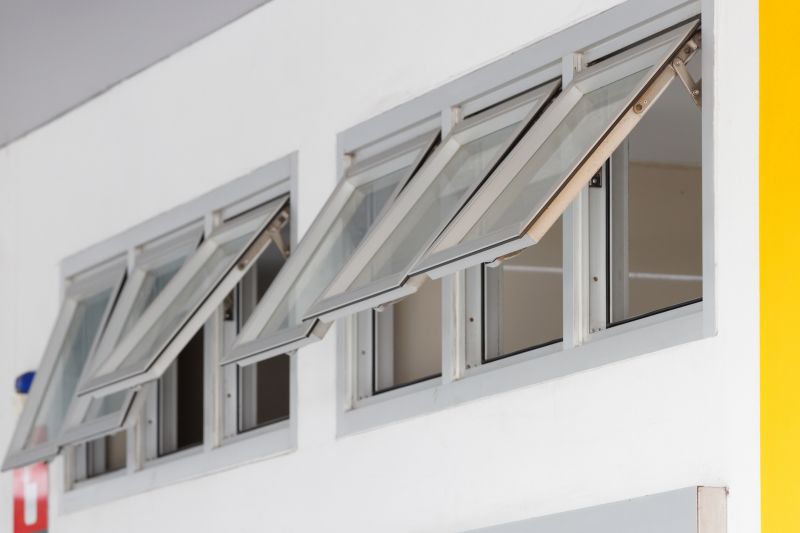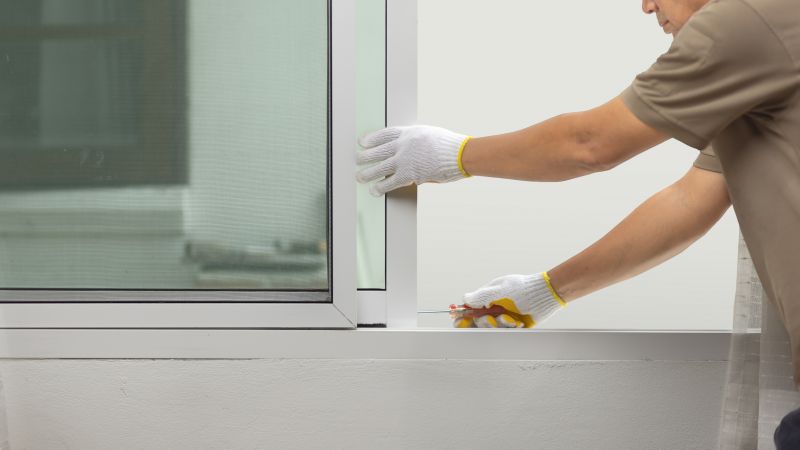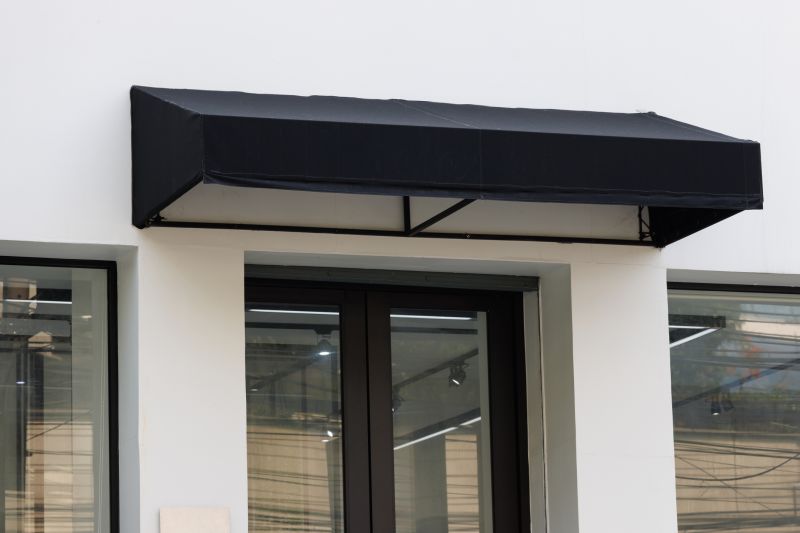Optimal Timing for Aluminum Trim Installation
Aluminum trim installations are most effective when conducted during favorable weather conditions. Optimal timing depends on climate, with mild temperatures and low humidity providing ideal conditions for installation and adhesion. Proper timing ensures longevity and appearance, reducing the risk of warping or damage caused by extreme weather.
These seasons offer moderate temperatures and lower humidity, ideal for aluminum trim installation. Installing during this period minimizes the risk of thermal expansion issues and ensures proper adhesion.
High summer temperatures can cause aluminum to expand and contract, potentially affecting installation quality. It is best to avoid peak heat periods for precise fitting and long-term durability.
Cold weather can hinder adhesive performance and cause materials to contract. If installation is necessary during colder months, it should be done in mild conditions with proper precautions.
Regions with stable, mild weather year-round facilitate more flexible scheduling. In areas with significant temperature fluctuations, timing should be carefully planned to avoid adverse effects.

Optimal conditions for installation during mild temperatures and low humidity.

Performing installations during cooler parts of summer helps prevent expansion issues.

Cold weather can impact adhesion and material performance.

Stable, moderate weather supports high-quality aluminum trim installations.
Aluminum trim is a durable, low-maintenance material used in various construction and renovation projects. It offers resistance to corrosion, lightweight strength, and a sleek appearance, making it suitable for both residential and commercial applications. Proper installation timing enhances these benefits by ensuring the material is correctly fitted and adhered, reducing the likelihood of future issues such as warping or detachment.
Statistics indicate that installations performed during optimal weather conditions have a 30% higher success rate in terms of longevity and appearance. Temperature and humidity levels directly influence adhesive effectiveness and material expansion, which are critical factors in achieving a seamless finish and long-term performance.

Showcasing the sleek finish and durability of aluminum trim.

Technicians applying aluminum trim during suitable weather conditions.

Finished installation highlighting clean lines and precise fit.

Essential equipment used during the installation process.
| Season | Ideal Conditions |
|---|---|
| Spring | Moderate temperatures, low humidity, dry conditions |
| Early Summer | Warm but not peak heat, stable weather |
| Late Fall | Mild temperatures, minimal rain |
| Early Winter | Mild, dry days, avoid freezing temperatures |
| Avoid | Extreme heat, freezing cold, high humidity |
Filling out a contact form can provide tailored guidance on scheduling aluminum trim installations. Proper timing ensures the best results, with durable, visually appealing finishes that meet project specifications.
